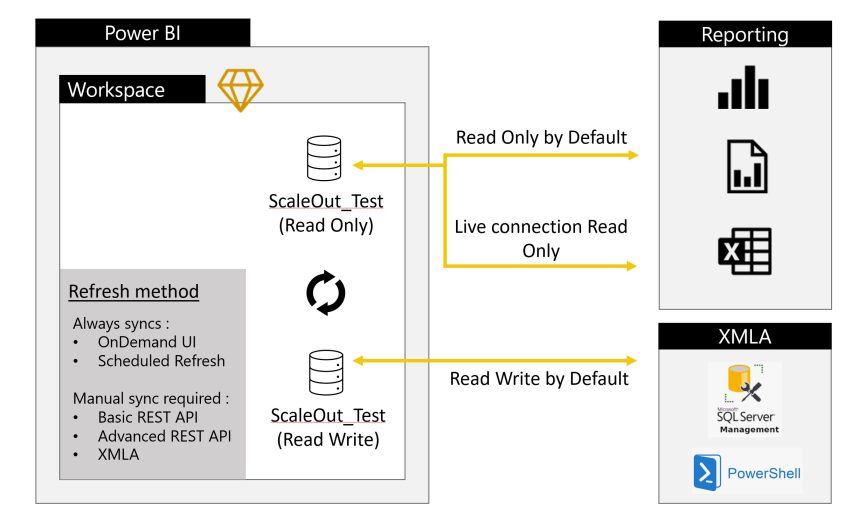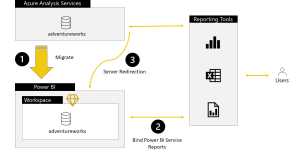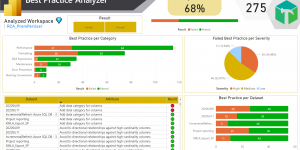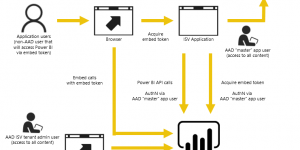Power BI has evolved into the leading platform for both self-service and IT-managed enterprise business intelligence. The decision to migrate to Power BI Premium depends on the requirements of each customer. Customers should carefully evaluate additional benefits to make an informed decision. And to be clear currently there aren’t any plans to deprecate AAS. Having said you would have noticed that there is a focus on investment in Power BI Premium for enterprise data modeling, and so additional values provided by Power BI Premium should increase over time.
In August 2022 I wrote an article on features released on Power BI Service reducing parities with Azure Analysis Services for performance and management of tabular Model : Power BI – Granular control with Analysis Services server properties.
Since this article new features have been released on the topic:
– New cache refresh settings available in Power BI Premium
In November I wrote another article on how to use the automated migration tool to Migrate Azure Analysis Services to Power BI.
And since this last article new features have been released on the topic:
– Announcing the Public Preview of Power BI Dataset Scale-Out
– Announcing backup and restore improvements for large datasets near the size limit
So last AAS parity features to make Power BI a superset of AAS has been tackled with the Query Scale Out (QSO) feature enabling high user concurrency for semantic models consumed at global scale by spreading the query load across multiple read replicas and reducing global footprint of memory for refreshes activity.
Here is the current state of functionality supported in both:

Microsoft Documentation: Feature comparison
You will find the rest of the article on LinkedIn: Power BI Dataset Scale-Out







